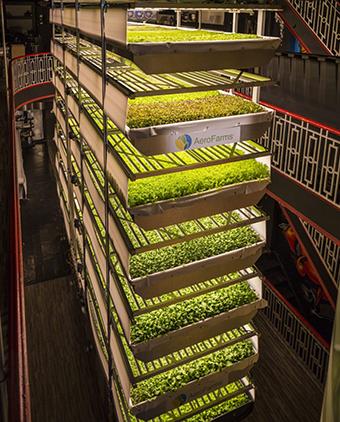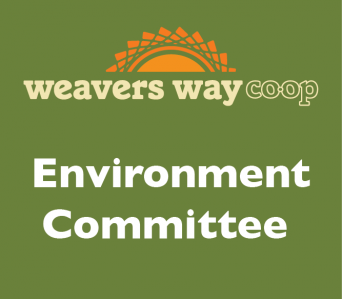
Vertical Farming & the Future of Food
How do we prepare for the future? How do we protect our environment and help people survive in a more crowded world with fewer resources?
When U.S. Sen. Gaylord Nelson initiated Earth Day, some thought a demonstration on behalf of the environment was frivolous. Instead people took it very seriously. It became a bipartisan effort after the Wisconsin Democrat convinced U.S. Rep. Pete McCloskey, a California Republican, to co-chair the event. April 22, 1970, was chosen as the date for this “environmental teach-in,” and 20 million Americans responded.
The original Earth Day set the stage for the creation of the Environmental Protection Agency. Eventually Earth Day became global as the United States led the way for environmental consciousness. How things have changed. The United States now lags behind many countries in sustainable energy. Our president denies climate change and wants to dismantle the EPA. However, there is hope as we see signs of progress, despite our government’s reluctance to honor the environment.
I want to visit Frank Lloyd Wright’s Fallingwater, so have been reading about him. Back in 1932, Frank Lloyd Wright had a vision for “Little Farms,” a space for local sustainability as businesses were buying up farmland for suburban overflow. These units included living space as well as areas to grow crops. Wright’s idea to combine affordable housing and agriculture never became a reality, but attempts to encourage agricultural sustainability are growing.
For example, some entrepreneurs are growing food in old industrial buildings in cities. Philadelphia boasts a thriving vertical farm operation in Metropolis Farms in a former factory in South Philadelphia. Aerofarms in Newark, N.J., specializes in greens in a former steel supply company building.
The term “vertical farm” was coined by Dr. Dickson Despommier, emeritus professor of Environmental Health Sciences at Columbia University. Author of “The Vertical Farm: Feeding the World in the 21st Century” (2010), he got the idea for vertical farming from all the light-filled but unused industrial buildings he saw in New York City.
Aerofarms is is a highly systematic venture. The space is about 70,000 square feet in which tables are stacked to a height of 36 feet, in rows 80 feet long. Seeds are grown in a patented cloth medium made from BPA-free recycled water bottles. The advantage of cloth is that it can be sanitized and reused.
The operation uses LED lighting, which can be tuned to emit certain wavelengths of light. This means less energy use and light that meets the needs of the plants. No pesticides are used. Since the growing cycle is 18-21 days, pests don’t have a chance to develop, as their life cycles are usually longer than 21 days.
And although Aerofarms is technically hydroponic, little water is used — 95 percent less than traditional farming, while yielding 130 times more per square foot in half the time. A special formula of nutrients is misted on the plants along with water and oxygen.
Vertical farms are not without controversy. One question is whether food grown without soil is as nutritious. Presently, the comparison of nutrition of hydroponic versus soil-grown food is mixed. In one study, hydroponically grown strawberries had more vitamin C, but the results were opposite with raspberries.
Preparing for the future necessitates not only creative technology but also innovative educational programs. Future farmers may include urban technicians, resourceful plumbers or anyone willing to experiment in order to discover new ways to grow food. These may be the most important skills needed in the future.
I wonder where we’ll be in 2020 when we celebrate the 50th anniversary of Earth Day.

